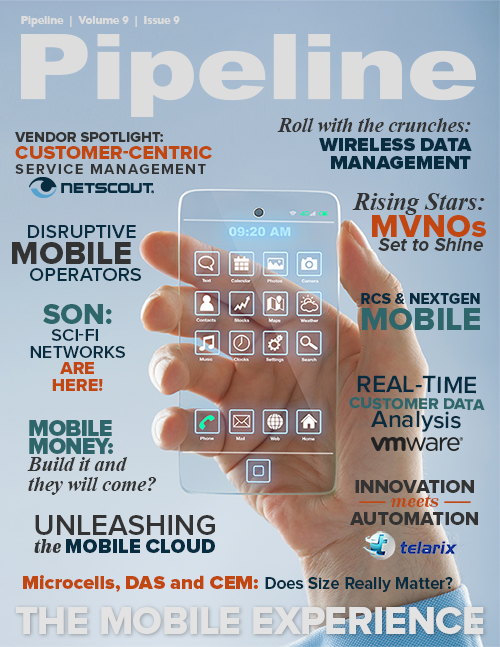How Rich Communications Enables the Next Generation of Connected Apps
However, providing superior voice, video and battery life across a wide range of operating conditions requires sophisticated DSP algorithms in order to mitigate packet losses, jitter and other network conditions. It also requires full integration with the end user’s device hardware, including hardware video acceleration, cameras and on-board processing resources. It’s the job of the RCS client framework to supply sophisticated, power-optimized, high-performance voice, video and processing resources while simultaneously giving application developers an easy-to-use set of APIs so they can focus on developing the next generation of exciting gaming, communication and shared rich-communication experience apps instead of struggling with the real-time signal processing required to deliver that high level of performance.
Not all RCS client solutions are equal when it comes to high-quality optimized performance. With quality of service (QoS), for instance, the IR.92 standard for voice over LTE (VoLTE) provides guaranteed QoS on VoLTE calls, and the IR.94 standard does the same for video over LTE. RCS 5.0 integrates both IR.92 and IR.94 capability into the RCS client, but they’re optional, so look for a client that offers full integration.
Other integral factors include:
- Latency. End-to-end latency includes latency in the cellular device originating the call, in the device terminating the call and in the network. Achieving very low latency for voice and video within the originating and terminating devices is very difficult and requires tight integration with the device hardware, drivers and operating system (OS). For OTT applications this latency can have a considerable range — sometimes it can be quite high — and for embedded RCS frameworks it can also fluctuate from low to high. Get detailed information on originating and terminating device latencies when evaluating RCS client solutions. Also, for many multiplayer gaming applications to work well you need very low latencies in order to share instant-response gaming actions with other users.
- HD Voice/HD Video. Many carriers are choosing to roll out VoLTE with HD Voice so that users can benefit from much greater audio bandwidth in their voice calls. The additional bandwidth greatly improves the sound quality of a call; after getting used to HD Voice it’s hard to go back to regular cellular voice quality. HD Video is more challenging because video requires much more bandwidth than audio, but many higher-end cellular devices are already capable of delivering HD Video, and with Wi-Fi the bandwidth can be made readily available. Ensuring that an RCS solution supports HD Voice with high-quality audio and HD Video with ample bandwidth can help differentiate it from other solutions in two very significant ways.
- Consistent AV quality. Audio and video quality enhancement is important, as is maintaining quality under variable network conditions, and HD Voice support alone can’t guarantee superior audio when such conditions are present. There are many key algorithms involved in producing quality audio and video that need to be evaluated before they’re incorporated into an RCS client solution.
- Power consumption optimization. Talk time, standby time, video playback time, and video chat time are all very important to end users. Current phones often heat up when running video-chat apps, greatly reducing the battery life of the device and creating a significant limitation for end users. Optimizing power consumption requires minimizing the total MHz of CPU power required to sustain a call as well as maximizing the usage of hardware acceleration in the device, particularly for video encoding and decoding. Power consumption optimization involves working closely with the device hardware, drivers and OS; there’s a wide range in the performance of RCS client solutions in this particular area.
- Hardware accelerators. You can leverage the hardware that’s in the platform if you have access, and by accessing the API you can achieve better integration and get higher performance and resolution without compromising on power.
The key challenge
The key challenge for developers is to combine their creativity and innovation with the power of RCS to bring forth the next generation of connected apps. This requires a paradigm shift, from a world where an app is a “one-trick pony” that only talks to others of its kind, and does so using non-optimized proprietary methods, to a world of connected apps that utilize the universality of the RCS service set (network address book, presence, etc.), rich multimode communication (audio, video, messaging) and the superior performance of real-time services (e.g., reliable multiparty voice and video) to provide a fully integrated end-user experience that can be shared with people all over the world.



















